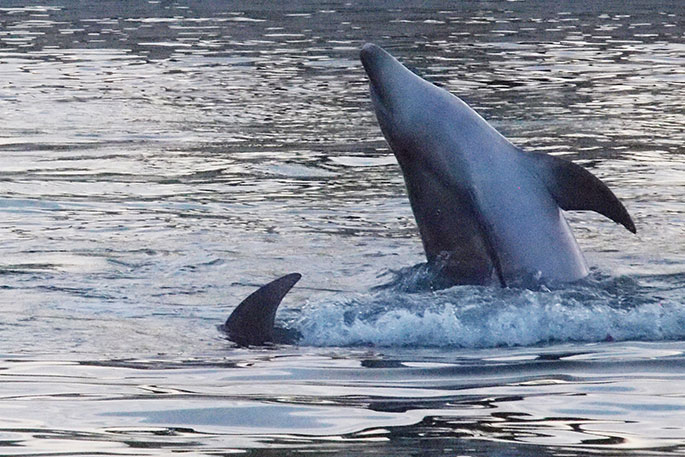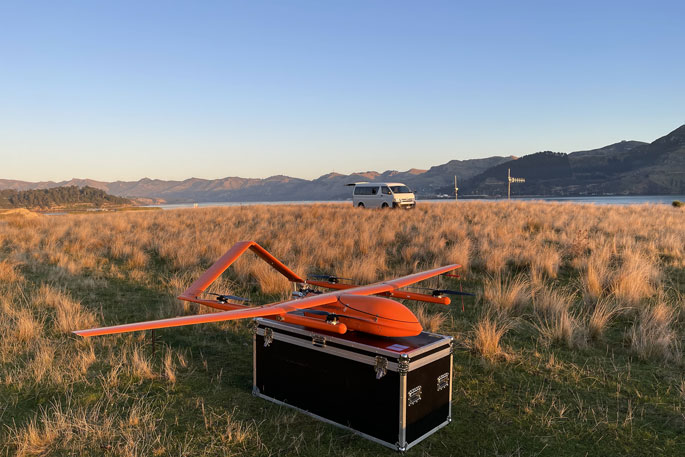A project aimed at protecting Māui dolphins using drone monitoring technology has been granted beyond-visual-line-of-sight approval by the Civil Aviation Authority, to enable tracking of the threatened mammal.
Tane van der Boon from MAUI63, the non-profit wildlife technology organisation that has successfully developed a drone capable of finding and tracking Māui dolphins using artificial intelligence (AI), says gaining the CAA approval is a 'huge win”.
'To effectively track the Māui dolphins, we need BVLOS to fly far offshore, to survey their entire habitat,” says Tane.
'It means we'll be able to get out and survey up to 50km away from the pilot in a single flight without any observers required for spotting the drone or surrounding airspace.
'This will take our work to the next level and allow us to collect better data than ever before.
'We'll be able to monitor the dolphins continuously, which will help us predict their movements more accurately, and better understand the ecology of this species.
'We'll then ensure the information is shared with anyone who needs it, to help put data-driven protection measures in place.”
MAUI63 joins a handful of organisations in New Zealand with full-time BVLOS approval for a remotely piloted aircraft.
The approval is for a 50km stretch of ocean off the West Coast of Aotearoa's North Island, where Māui dolphins live.

The CAA approval comes at the conclusion of the Māui Drone Project, a collaboration between the Ministry for Primary Industries through the Sustainable Food and Fibre Futures fund, MAUI63, WWF-New Zealand, and fishing companies Moana New Zealand and Sanford Limited.
The project enabled the development of a model and methodology for non-intrusive drone-based aerial surveys of the Māui dolphins.
The AI technology can distinguish Māui and Hector's dolphins from other species with more than 90 per cent accuracy.
Flying high overhead at an altitude of about 120 metres with a 50x optical zoom camera the drone can find, follow, and film for up to six hours.
MPI's investment programmes director Steve Penno says gaining BVLOS approval means MAUI63 will be able to start collecting more meaningful data, translating years of research and development into practice.
'The latest estimates are that there are just 54 Māui dolphins left. With this technology we aim to help bring these precious taonga back from the brink of extinction.”



1 comment
So, we can watch dolphin...
Posted on 21-01-2023 13:03 | By morepork
... but we can't afford drone patrols of our popular beaches to prevent shark attacks? I'm not against studying the marine creatures, but surely PEOPLE should be the priority?
Leave a Comment
You must be logged in to make a comment.